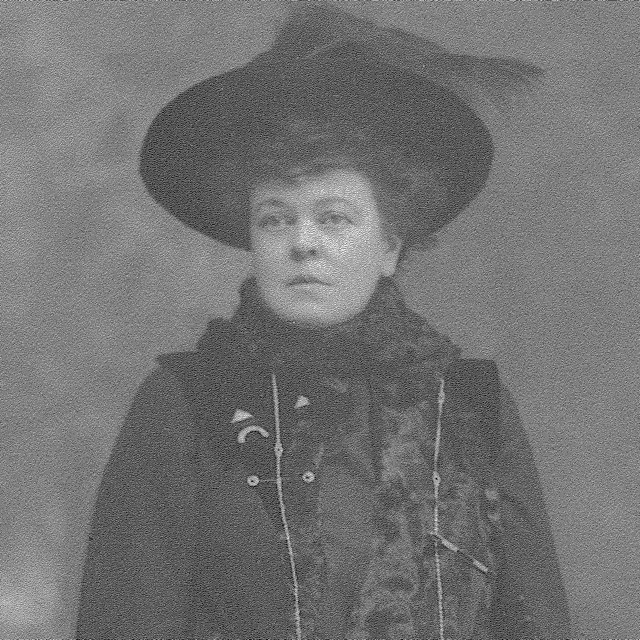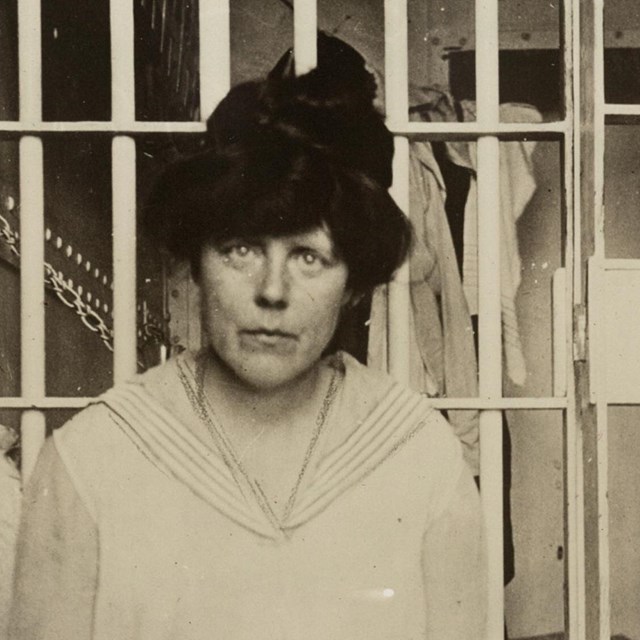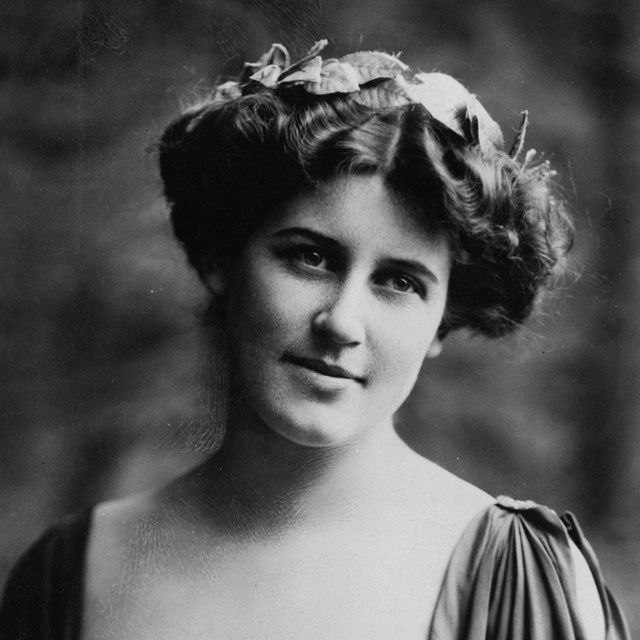
National Woman's Party Collection, Library of Congress 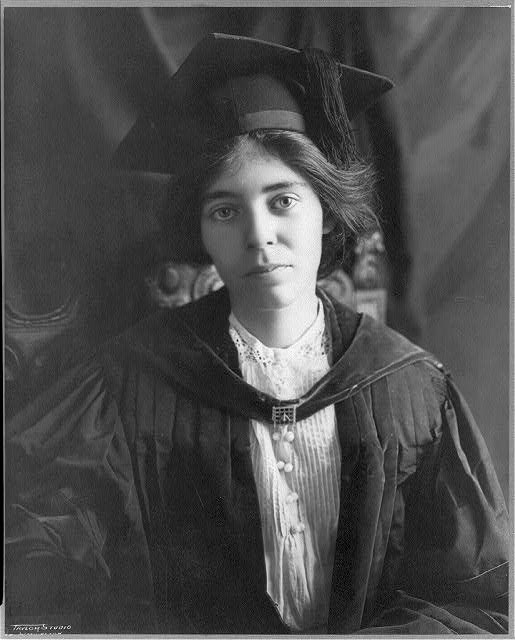
Taylor Studio, Library of Congress Alice Stokes Paul was a leader in the fight for women's equality in the 20th century. After gaining fame for her daring participation in the British suffrage movement in her early 20s, Alice Paul joined the American woman suffrage movement in 1913. She became known for her confrontational tactics and single-mindedness in the pursuit of women's right to vote. Because of her activism, the focus of the suffrage movement in the United States shifted from a concentration on winning the vote one state at a time to the passage of an amendment to the U.S Constitution enfranchising women. After women won the vote with the ratification of the Nineteenth Amendment in 1920, Alice Paul continued to work for full social, political, and economic equality for women. Early Life and EducationAlice Paul was born into a wealthy Quaker family in New Jersey on January 11, 1885. She said that she grew up in a religious community that believed men and women are equal and "never had any other idea." When she was young, she attended a few suffrage meetings with her mother, Tacie Paul, although she didn't get involved in the movement for women's right to vote until she was older. She graduated at the top of her class from a Quaker high school and received a bachelor's degree in Biology from Swarthmore College in 1905. Alice continued her studies and earned several graduate degrees, including a Ph.D. in sociology in 1912 from the University of Pennsylvania. "I Have Become a Suffragette!"While taking graduate classes in England, Alice encountered the British suffrage movement. She was especially impressed by the confrontationtional tactics of the Women's Social and Political Union (WSPU), led by Emmeline Pankhurst and her daughters, Christabel and Sylvia. In November 1907, when she was a student at Birmingham University, Alice attended a rousing lecture by Christabel Pankhurst and was impressed by Christabel’s grace and poise in response to the taunts of male students. Alice began participating in suffrage activities like marching in demonstrations and speaking at outdoor meetings. She wrote to her mother of her enthusiasm for the movement, declaring, "I have become a suffragette!" As her confidence as a speaker increased, so did her willingness to face greater danger by joining more confrontational protests. Paul was arrested and imprisoned many times for her involvement with the WSPU, whose disruptive tactics included smashing windows and breaking into places where women weren't allowed. Newspapers in the United States printed articles about Alice Paul's time in prison, including her participation in hunger strikes to protest the harsh treatment of women for demanding the right to vote. 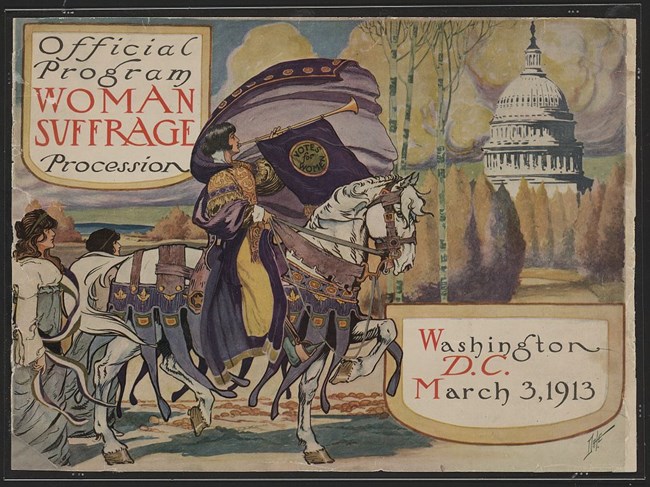
Demanding a Constitutional AmendmentWhen Alice Paul returned to the United States in 1910, she discovered she was something of a celebrity. Newspaper reporters wanted to know if she intended to turn her attention to the American suffrage movement. She responded that she didn't know there was an American suffrage movement, since nothing happening in the United States was anything like what she had seen in Britain. After the deaths of Elizabeth Cady Stanton in 1902 and Susan B. Anthony in 1906, the suffrage movement had lost its most charismatic leaders. The new leaders of the suffrage organization that Stanton and Anthony founded, the National American Woman Suffrage Association (NAWSA) were focused on winning the vote in the states. There had been some success with this strategy, but Alice Paul believed that the movement needed to focus on the passage of a federal suffrage amendment to the U.S. Constitution. Alice Paul wanted to bring some of the pageantry she witnessed in the U.K. to the United States. She convinced the NAWSA leaders to let her organize a Woman Suffrage Procession in Washington, D.C. on March 3, 1913, the day before Woodrow Wilson's presidential inauguration. Thousands of women (and men!) marched down Pennsylvania Avenue to demand a constitutional amendment enfranchising women. The event was a huge success, even though crowds of people swarmed the parade route and attacked the marchers, because it resulted in lots of positive publicity for the movement. National Woman's PartyDespite her success, Alice Paul soon lost favor with the leadership of NAWSA for her self-assured manner and confrontational tactics. She left the National and formed her own suffrage organization with her friend, Lucy Burns. At first, It was called the Congressional Union for Woman Suffrage. In 1916, at the encouragement of the organization's president and primary benefactor, Alva Belmont, the name was changed to the National Woman's Party (NWP.) 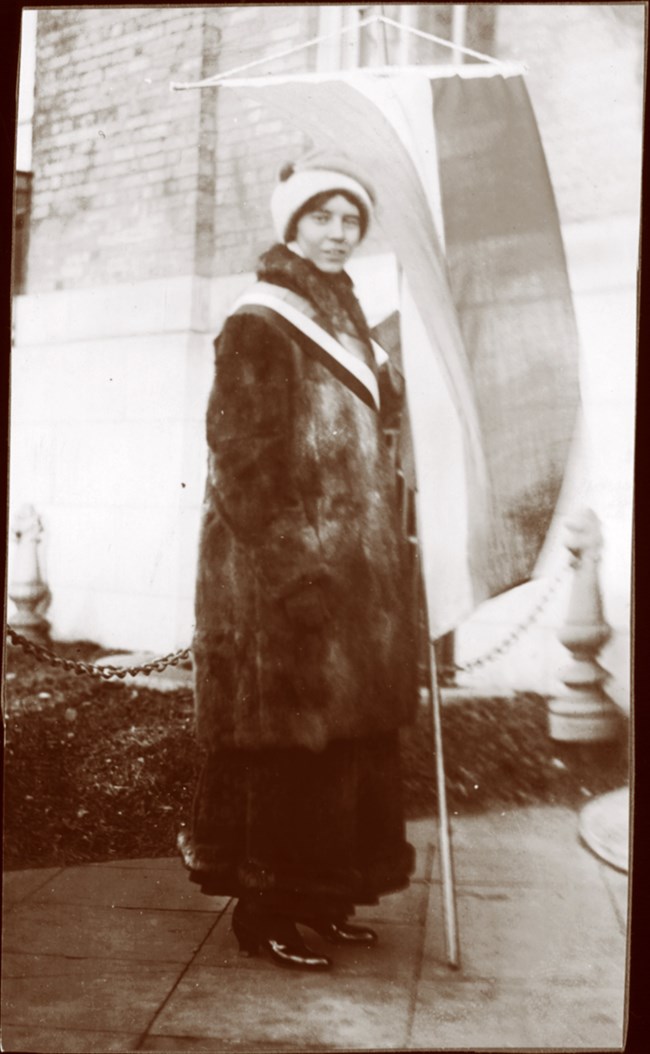
NWP collection, Library of Congress Silent SentinelsAlice Paul was an effective political strategist. She was always thinking about what the Congressional Union/National Woman's Party should do next to keep the public's attention on the issue of Votes for Women. But after years of campaigns and publicity stunts, it seemed that they were no closer to getting a federal suffrage amendment passed through Congress. Woodrow Wilson won a second presidential term in 1916, defeating Charles Evans Hughes, the Republican candidate who had promised to support women's right to vote. To make matters worse, Inez Millholland, Alice's friend and one of the most well-known suffragists, died suddenly while campaigning for the suffrage amendment.
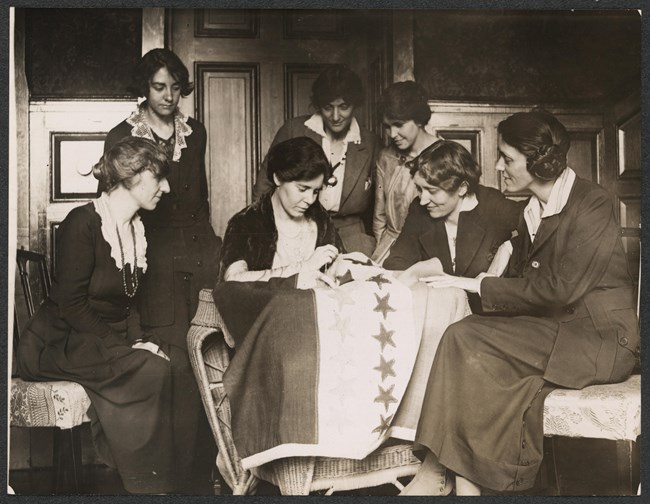
National Woman's Party collection, Library of Congress Victory!Amending the U.S. Constitution requires more than passage through Congress. Before women's constitutional right to vote could be guaranteed, the amendment had to be ratified by three-fourths of the states. There were 48 states in 1919. The amendment requred 36 ratifications. What happened in your state or territory? Find out on the NPS 19th Amendment by State page. Alice Paul and the National Woman's Party marked each ratification by sewing a star onto the suffrage banners they had used to picket the White House. The top photo on this page shows Alice Paul raising a glass in celebration in front of a large ratification banner after the 19th Amendment became part of the Constitution on August 26, 1920. The right of citizens of the United States to vote shall not be denied or abridged by the United States or by any state on account of sex. Fighting for Equality“It is incredible to me that any woman should consider the fight for full equality won. It has just begun. There is hardly a field, economic or political, in which the natural and accustomed policy is not to ignore women... Unless women are prepared to fight politically they must be content to be ignored politically.” Alice Paul, 1920 Alice Paul believed the vote was just the first step in the quest for full equality. In 1922, she reorganized the NWP with the goal of eliminating all discrimination against women. In 1923, she wrote the Equal Rights Amendment, also known as the Lucretia Mott Amendment, and launched what would be a lifelong campaign to win full equality for women. Concerned not only with the rights of American women, but the rights of women around the world, Paul founded the World Woman’s Party, which until 1954 served as the NWP’s international organization. In 1945, she was instrumental in incorporating language regarding women’s equality in the United Nations Charter, and in the establishment of a permanent U.N. Commission on the Status of Women. Alice Paul is remembered as a tireless, devoted pioneer in the fight for women’s rights, and her legacy is still felt by women around the world today. Meet Alice Paul's Friends
|
Last updated: January 8, 2024

